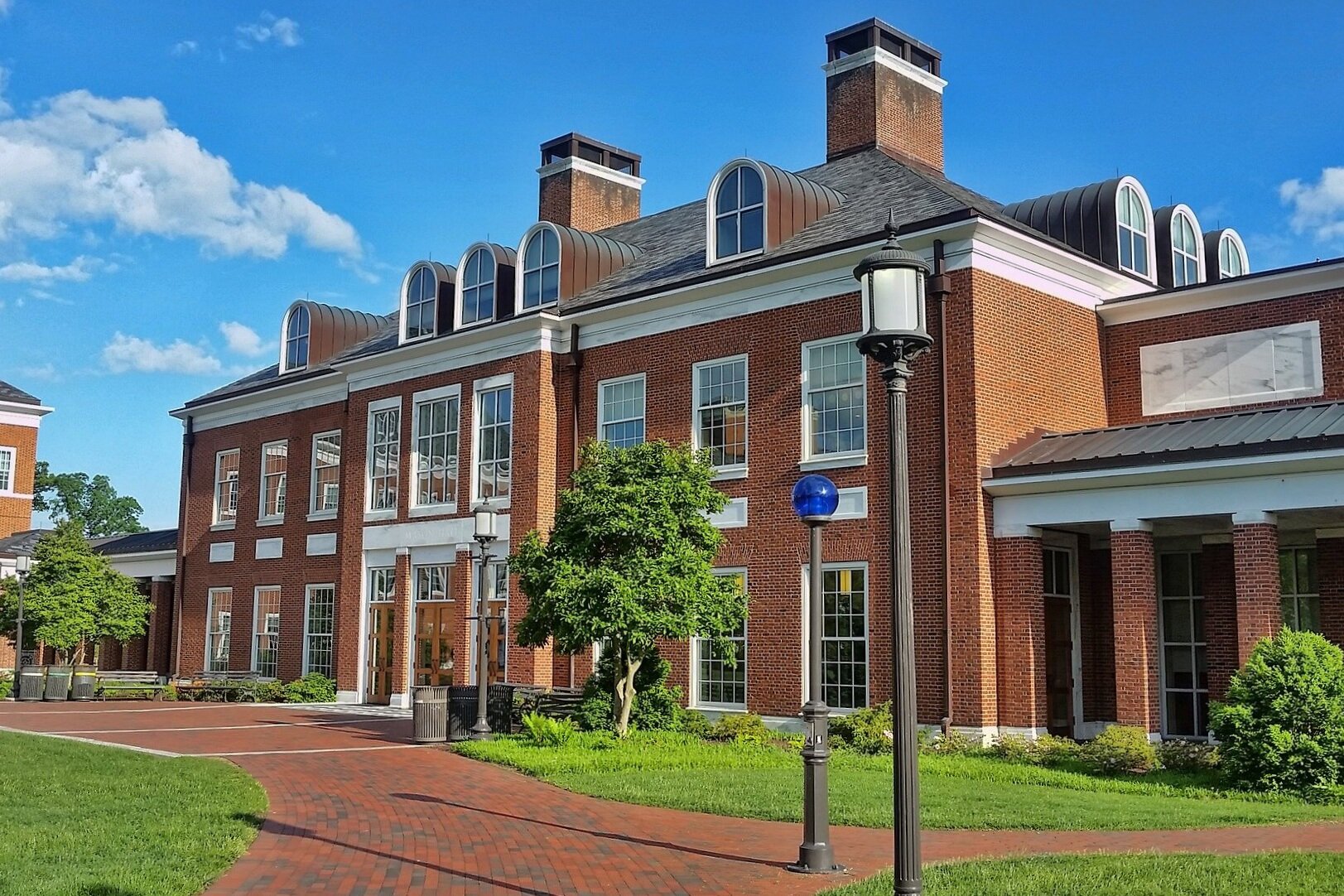Securing Campuses and Public Spaces with Guard Architecture
For any institution of higher education, campus safety is a top priority. The administrative bodies that run our high schools, colleges, and universities have a responsibility to provide a safe, yet accessible environment where students feel secure but comfortable.
Finding that balance, however, can be a challenge as threats that security professionals face when protecting modern college campuses and their surrounding public spaces can range in varying degrees. This makes the strategic design and placement of security architecture important, as students, faculty, administration officials, and visitors expect to feel safe and secure but do not want to feel as though their ability to navigate their campus is restricted.
Failing to meet this goal can result in a poorer quality of life for students and have a significant impact on student retention and attrition rates. In order to make educational environments feel natural and conducive to learning, security teams need to operate in the background –– but accomplishing this can be easier said than done.
Let’s explore some ways in which school campuses and public spaces can improve security while maintaining a feeling of openness by strategically leveraging guard booth architecture.
Striking a Balance
A key factor in securing a campus or public space through guard architecture is being smart about how these structures are integrated into their environments. Many security booth manufacturers take this into consideration when designing guard architecture for campuses.
Custom guard architecture enables contractors to match the exteriors of these security stations with the aesthetics of the campus. By prefabricating the “shell” of these units off-site and finishing the booths once they have been installed, these stations can fade into the background of their environments. This may include matching or mimicking the building materials of much older structures in the vicinity, using paint or other exterior materials to mask the appearance of bullet resistant features used in these stations, and investing in landscaping once the unit has been installed to help it better blend in with the surroundings.
By putting more thought and consideration into the design aspects of security guard architecture, schools can have it both ways: establish a clear security presence while also minimizing the negative impact on the aesthetics and atmosphere of the campus.
Security Innovations as USF
image © wikimedia
Let’s take a look at a concrete example of how a major university is taking an innovative approach to security.
The University of San Francisco is nestled within one of the most densely populated urban centers in America –– and a city which faces a growing homelessness crisis which may further threaten the safety of its student body. The school’s desire to protect students while not suffocating them with security measures prompted campus officials to take a holistic approach to safety. Part of that approach involved an adjustment to the way they thought about utilizing campus architecture.
To achieve this, USF integrated its security team and its IT team, moving both units into a single security station. Together, these teams focus on three main areas of security –– prevention, detection and forensics –– and report directly to the department of public safety. This enabled these teams to directly communicate with one another about campus safety issues, share information about potential threats, and form smarter, more effective responses.
Enabling SafeWalk & SafeRide Prgrams
When you have proper security stations strategically located around your campus or public space, you can start to implement smarter programs to take advantage of your security team; rather than having those teams hang out in the guard booth around the clock, they can make themselves available to actively assist students, faculty, and guests.
Many schools around the country, like the University of Illinois, have implemented SafeWalk and SafeRide programs. These programs offer students and faculty the option to contact campus security to request a security team member escort you home at night. With well-placed security stations, officers can easily meet those who request the service with a mere 15 minute advance notice.
The net effect of SafeWalk and SafeRide programs directly contribute to increased campus safety and enhance the overall sense of safety that people feel when coming and going throughout the night.
Additional Security Structures
image © pixabay
Another architecturally-related security feature that many colleges and universities are turning to are the now ubiquitous “blue lights” seen on campuses around the country. These blue light boxes are emergency phone call boxes that allow anyone who feels like they may be in danger, may have witnessed a crime, to instantly connect with an emergency dispatcher.
When someone picks up the phone line, this triggers the blue light on the top of the pole to start flashing, alerting anyone nearby that someone may need help while also helping campus security locate the individual in need.
These blue light stations should be carefully mapped out in order to maximize their effectiveness. Consider locations with high pedestrian traffic –– especially areas where people often enter and exit campus, near parking lots, places where people cut across quads late at night, and near dormitories.
Conclusion
The successful implementation of security guard architecture, state of the art security stations, and innovative tactics should not only be measured by an improvement in safety statistics. It should also be measured by whether or not students and faculty feel like they can move around their school freely, without carrying a constant sense of dread or anxiety created by the very security solutions intended to make campus life better.
With careful strategic planning, smart security guard booth design choices, and frequent training sessions for security personnel, it is possible to achieve a better quality of life for students and to improve their overall educational experience.
Author Bio: Katie Tejada is content strategist for B.I.G. Enterprises, high quality provider of prefabricated guard booths, high security guard houses, toll booths, and other prefabricated solutions.
cover image © pixabay








